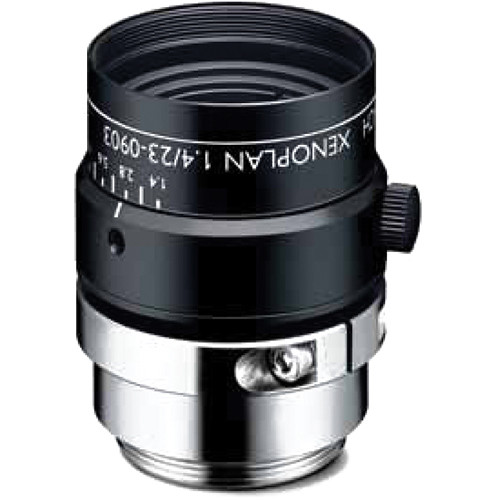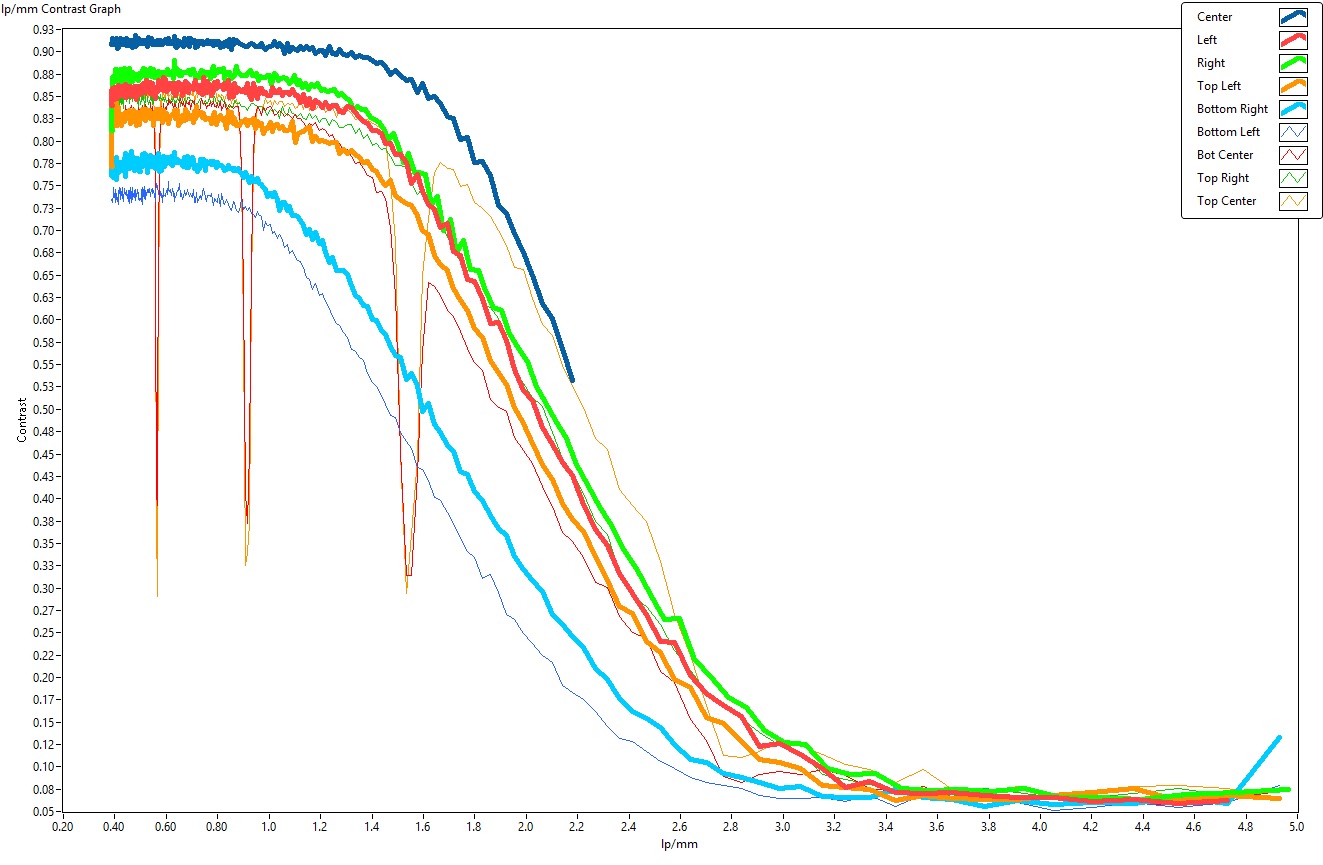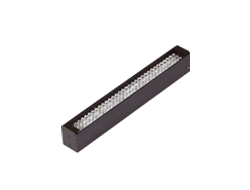To measure distortion I used a dot grid and LabView to calculate lens distortion.
To measure sharpness I used a star target. The maximum edge strength vs line pair per mm is used to compare the center to the edges.
 |
| http://stores.ebay.com/vitamall |
The targets can be purchased from the ebay store Vitamall
ebay is a great place to get used test equipment on the cheap. All the lenses were from my old stock, or purchased for this test on ebay.
The same camera was used for all tests.
Camera: JAI BM-500GE 2/3" CCD 3.45 um pixels 2456 x 2048
All Lenses were tested at F/4.0
*Note: Bottom Right lighting had a problem. The contrast was low on all bottom right star target inspections. It is represented as the cyan curve in the graph. This was an error I failed to correct for.
Edmund Optics 25 mm/F1.4 59871
Focal Length 25 mm
Working Distance: 860 mm
$295
Distortion: 0.05911 %
30% contrast @ 2.3 lp/mm to 2.7 lp/mm
 |
| Note, right side lighting had a problem. The over-all contrast on the right stars is lower than it should have been. |
Fujinon HF25HA-1B
Focal Length 25 mm
Working Distance: 860 mm
$120
Distortion: 0.07101 %
30% contrast @ 2.0 lp/mm to 2.4 lp/mm
Ricoh FL-CC2514-2M (Pentax brand)
Focal Length 25 mm
Working Distance: 860 mm
?$150
Distortion: 0.06061 %
30% contrast @ 2.2 lp/mm to 2.6 lp/mm
Schneider Xenoplan 1.4_23-0501
Focal Length 23 mm
Working Distance: 770 mm
?$900 (Discontinued) ($1,275.00)
Distortion: 0.07062 %
30% contrast @ 2.3 lp/mm to 2.7 lp/mm
Schneider Xenoplan 1.4_23-0912
Focal Length 23 mm
Working Distance: 770 mm
$1,275.00
Distortion: 0.06831 %
30% contrast @ 1.8 lp/mm to 2.6 lp/mm
Tamron 25mmF1.4 23FM25SP (B201528) 2/3" format
Focal Length 25 mm
Working Distance: 860 mm
$157
Distortion: 0.06801 %
30% contrast @ 1.7 lp/mm to 2.2 lp/mm

































